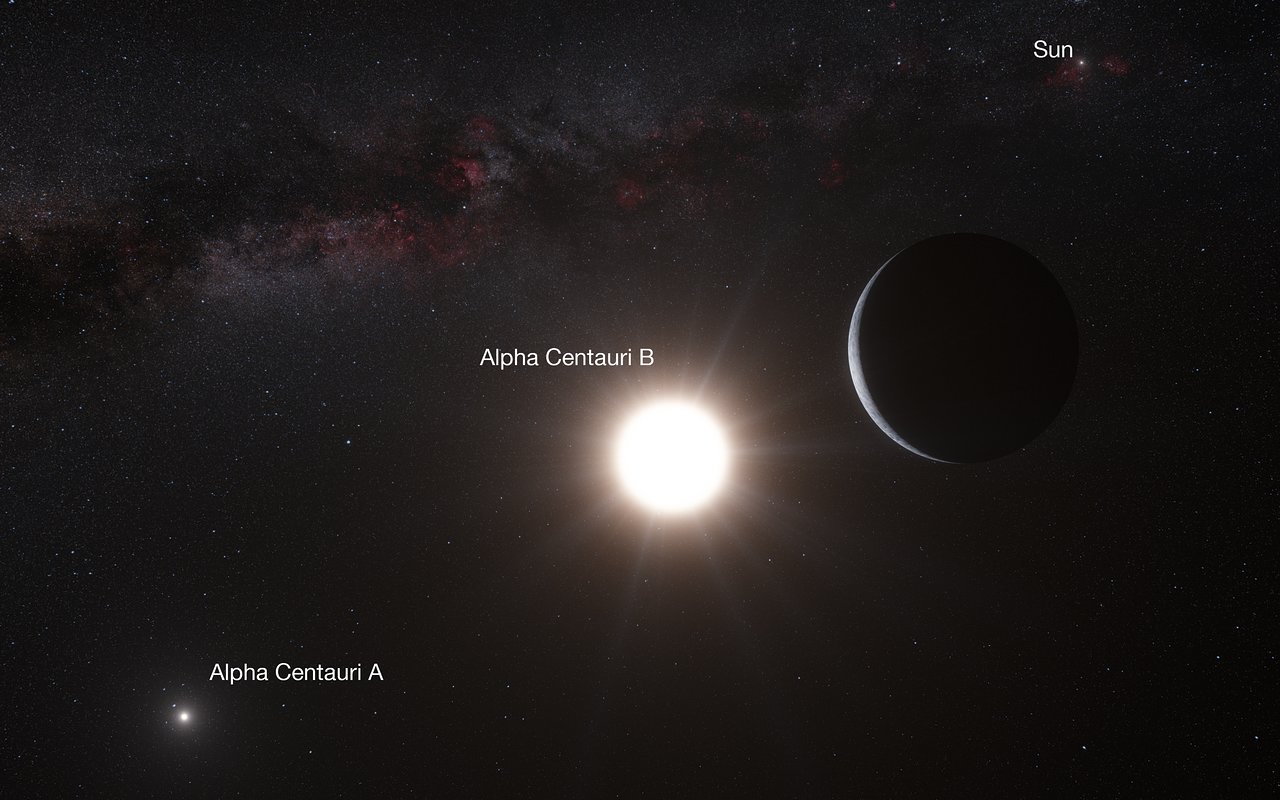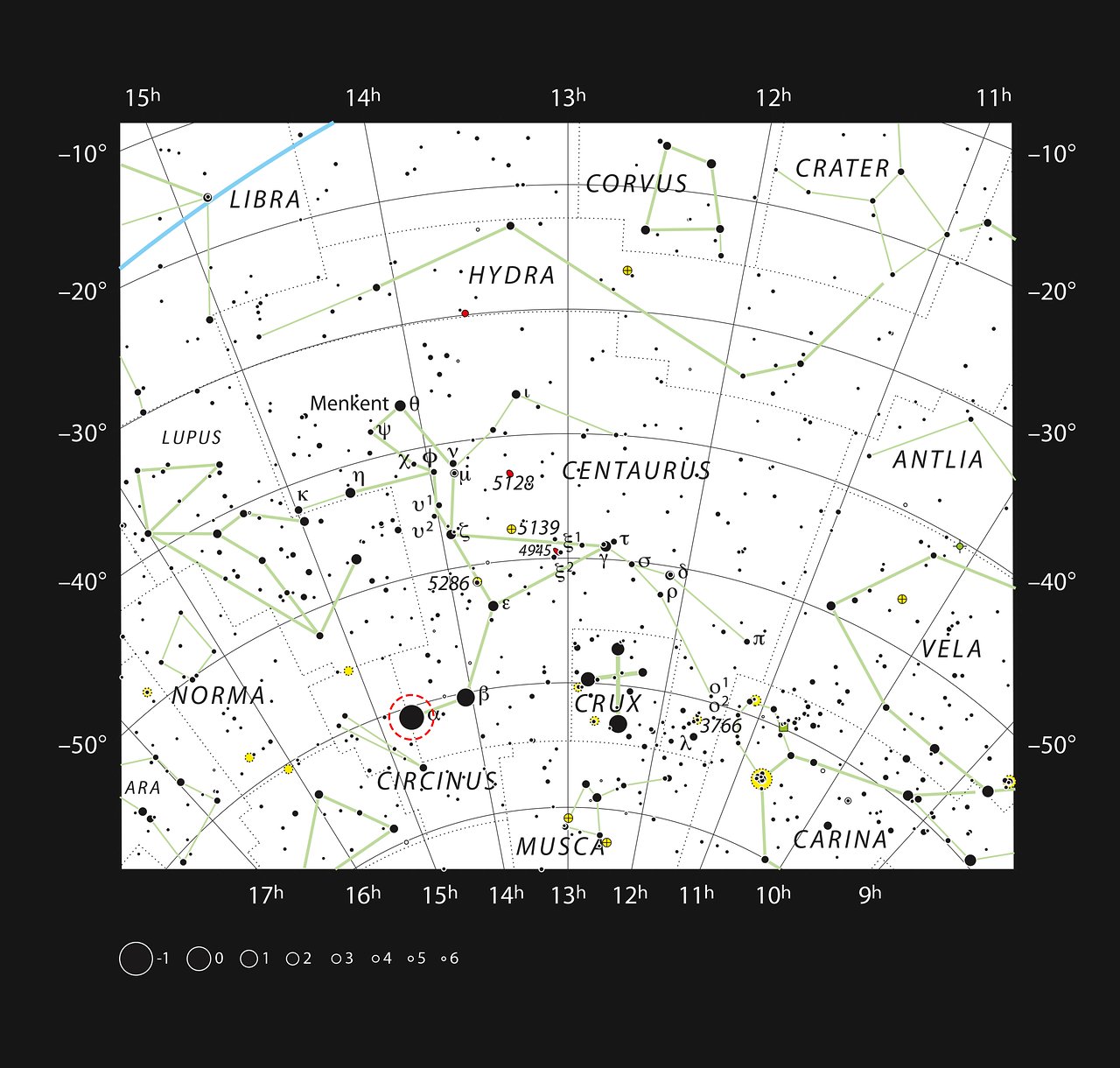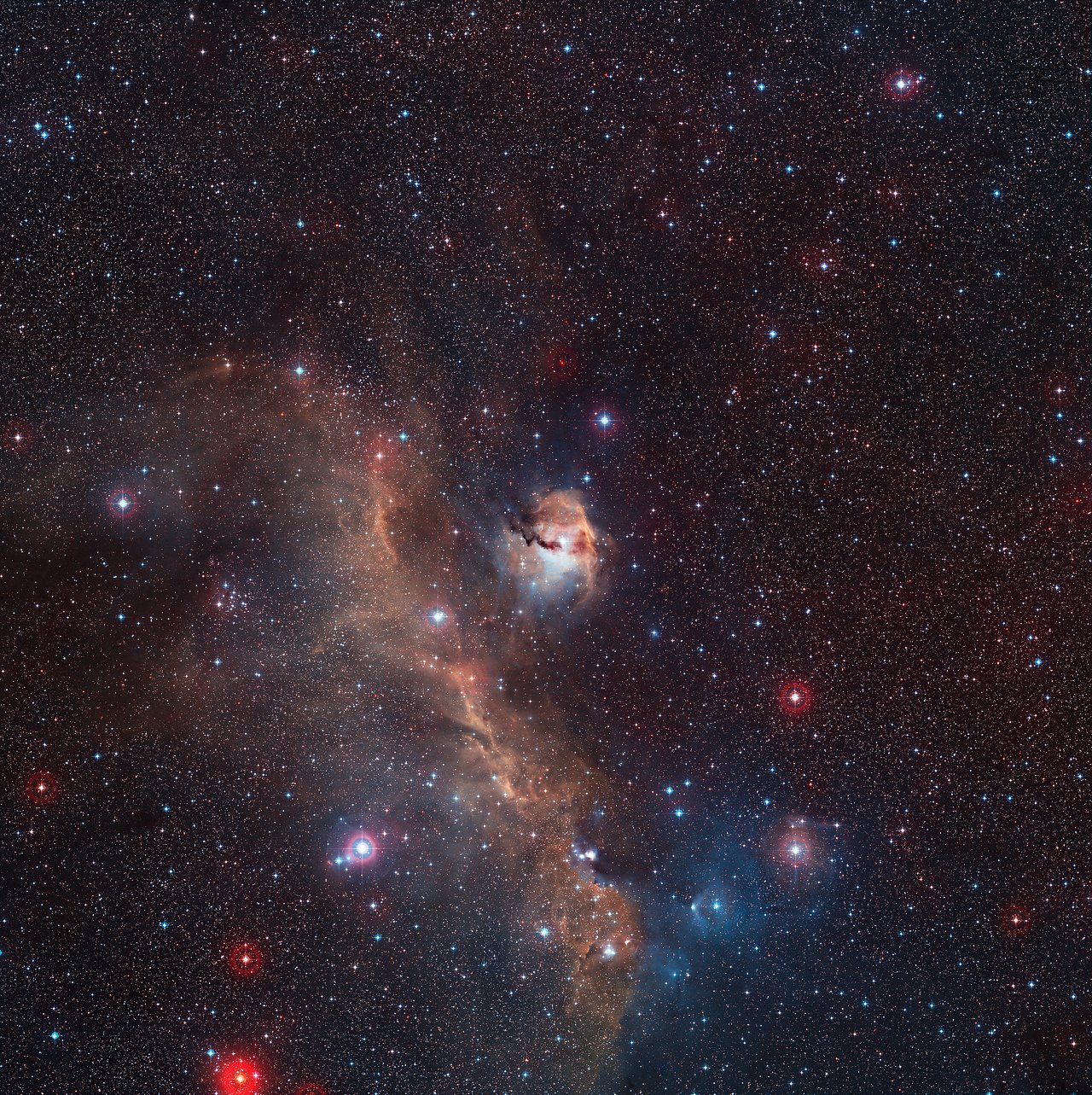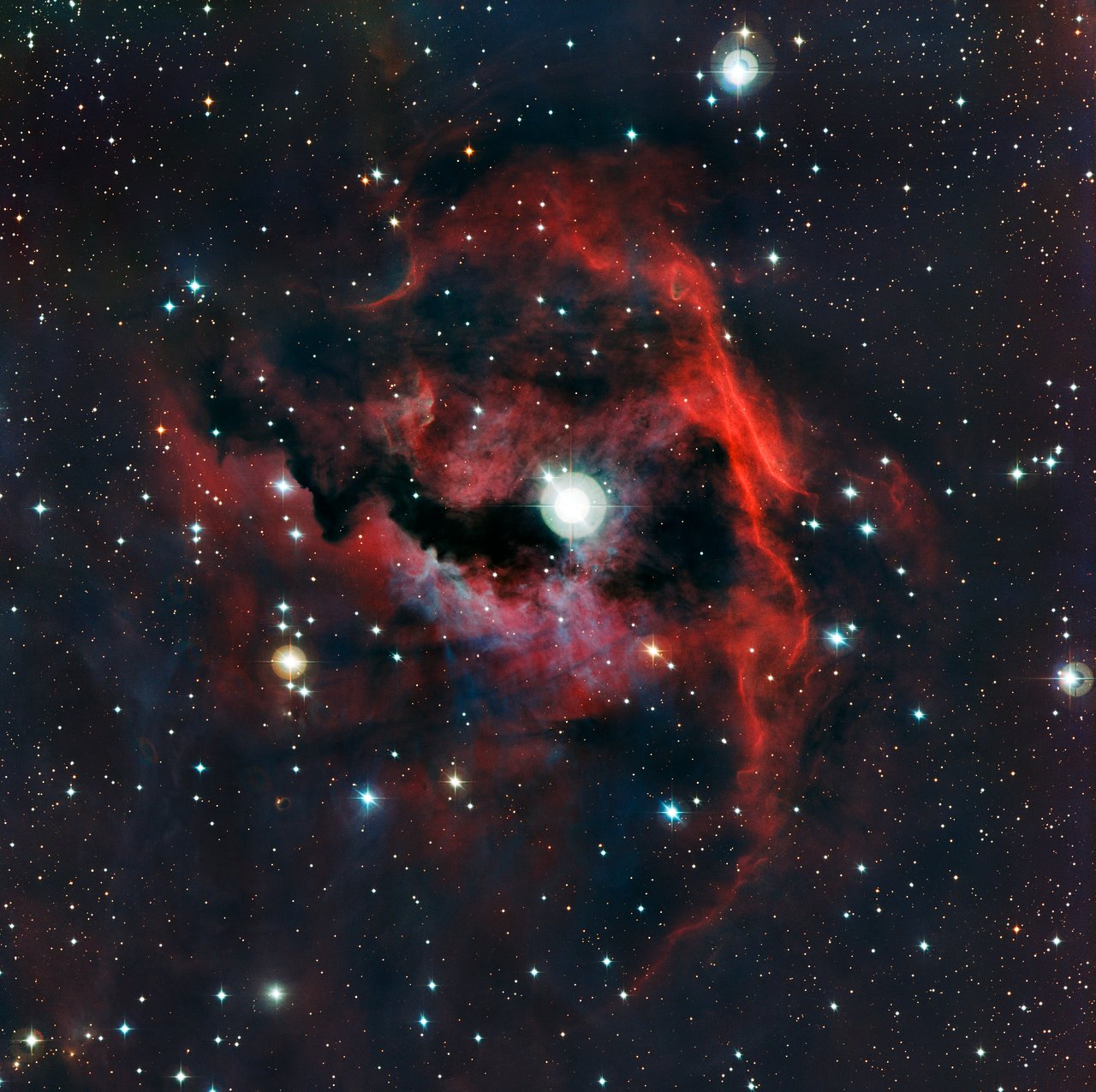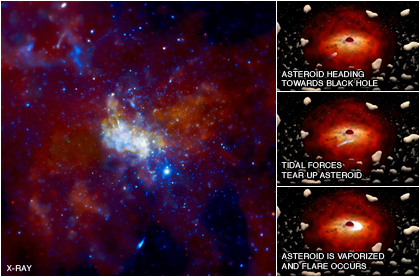My final honored task for 2012 is to host the Carnival of Space. What a year it has been! From the Transit of Venus, the successful Curiosity landing, the SKA being jointly awarded to Australia and Europe, the Higgs Boson the emergence of +Virtual Star Parties in Google Plus Hangouts, its really hard to know where to start.
Its been an amazing year. Astronomy has in someway led the charge in the Social Media/Science Catagory through strong leadership, mentoring and driving new horizons literally!!!!
To all readers and contributors I hope and trust that 2013 will bring you, and those close to you, a happy, prosperous new year that expands your understanding of the Universe around you, and all the players in its magnificent symphony.
On with the show!!!!!
Cheap Astronomy launches the e-book Astronomy Without a Telescope - which is surprisingly cheap (podcast). eBooks are great and with recent upgrades to smart devices and tablet software you can usually download them really easily into your reading device of preference.
How was born the Moon? Doc Madhattan replies to this quest starting from the Earth-Moon Theory and the works of George Darwin. I also translate some quotations from the short stories by the italian writer Italo Calvino.
The Chandra Blog gives us our first new year's resolution :- Never Give Up And Trust Your Intuition. In fact they push the boundries even further with From Super To Ultra: Just How Big Can Black Holes Get?
The Meridian Journal reports on the Cassini probes discovery of an alien version of the ‘Nile River’ on Titan.
Next Big Future brings us a report on how Orbitec has flown a radical new engine technology that promises to cut the size, weight and therefore the cost of putting a rocket – and payload – into space. Regular rocket engines get incredibly hot, reaching temperatures upwards of 3,000C (5,400F) or more, hot enough to melt the metal chamber in which the rocket fuel mixes with oxygen and burns. At these extremes, even rockets with sidewalls made of heat-resistant superalloys would fail catastrophically. Orbitec’s alternative approach keeps the hot burning gases away from the chamber surfaces altogether. The company’s patented designs create a cyclonic swirl, or vortex, of fuel and oxygen that holds the searing gases and fumes in the very centre of the cylindrical combustion chamber, away from the vulnerable sidewalls.
The meticulous chronicler of all things relating to Space Missions - Amy Shira Teitel discusses the story of how being on the Moon inspired Apollo 17's Jack Schmitt to write some holiday poetry. I'm sure its better than Vogon poetry!
From the Links through Space Blog you can follow Astronomy Club Toutatis on it's trip to Morocco. A series of posts and photos on Moroccan astronomy and personnel experiences through out Marrakesh and the Sahara desert night sky. Read about the observatory of Marrakesh, Asteroid Toutatis, see the Geminid meteor shower from the desert, Step in the Sahara sky hotel in the middle of nowhere in the Sahara desert for deep sky object photographing.
We occasionally see the magnificent photographer Thierry Legault sneak into Australia for magnificent outback shots. Today he sent Universe Today some images from an aurora-hunting trip to Finland and Norway. As you can guess, the images are awesome!
Finally my own AARTScope contribution of the top five highlights of my Astronomical year, a list which runs to many more than five, but the top five are biggies!
It s been my priviledge to continue the mission of the AARTScope Blog to Create the sense of anticipation and discovery that keeps scientists asking questions once again in 2012, and also host the Carnival of Space a number of times. Thanks for joing us again.
The Carnival of Space is a community of interest blog carnival, bringing together the best and brightest Astronomy & Space Blogs at a single point in space and time (commonly referred to as a web address) each week. Previous episodes can be found here. If you run an astronomy or space science blog you can contact carnivalofspace @ gmail.com to be added to the editorial circulation list.

















